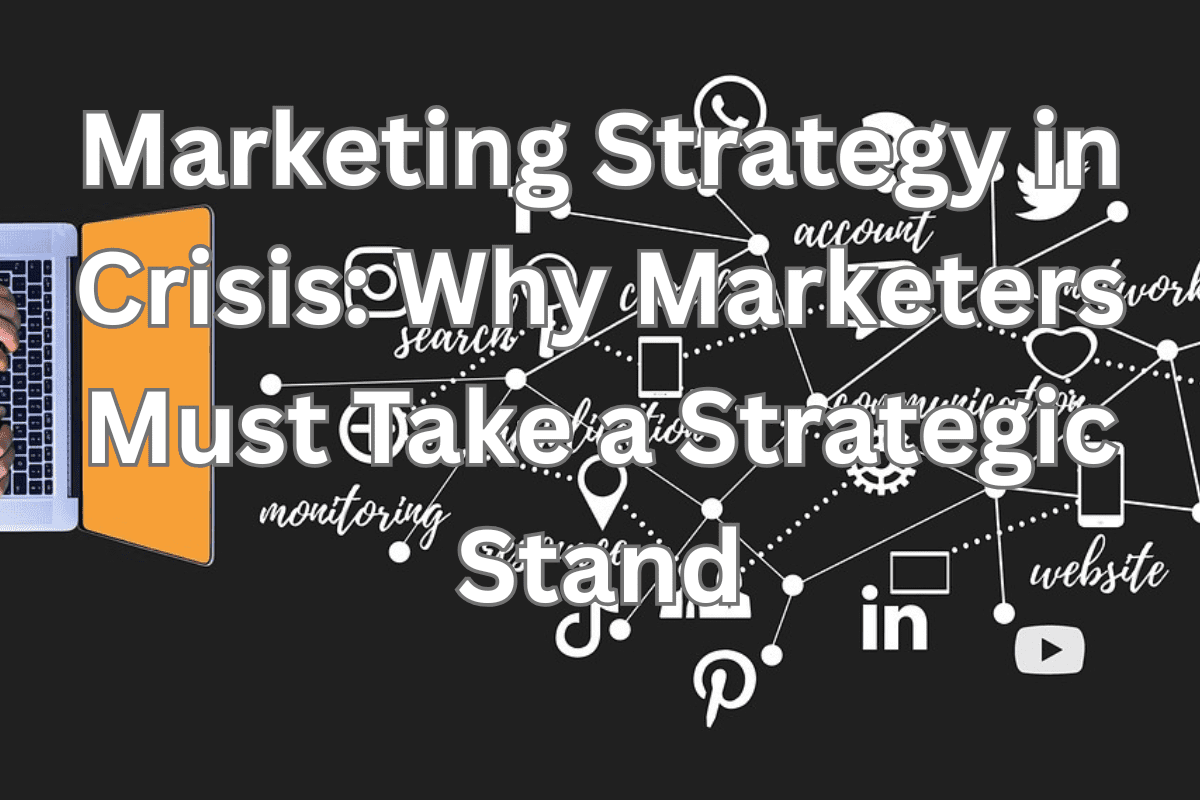If a modest 10% of CMOs reported that their companies undervalue marketing strategy, it might have caused concern but not alarm.
However, the 2025 Marketing Week Career & Salary Survey revealed a far more troubling statistic – 73% of senior marketers say their organisations do not value marketing strategy.
That’s not a minority issue. It’s a systemic one. Nearly three in four of the most senior voices in marketing believe the core skill of their discipline is being dismissed. It’s a clear signal that something is broken – and ignoring it could have long-term consequences for both business performance and career progression.
The impact? Weakened budget negotiations, diminished collaboration with other departments, and hindered access to executive-level influence. If marketing strategy is disregarded, so too are the people behind it.
Diagnosing the Disconnect
Before marketing leaders can tackle this perception problem, they must begin – ironically – with strategy.
The term itself has become misused, often thrown around casually in presentations or confused with tactics and objectives. As a Professor of UCLA rightly defined it, strategy is how you overcome the obstacles between where you are and what you want to achieve.
That journey begins with diagnosis.
Marketers, renowned for consumer insight and brand perception analysis, often neglect a similar approach with internal stakeholders. They rarely ask operations, finance, HR, or tech colleagues why they hold such narrow views of marketing.
It’s time they did.
Just like customer research, this internal discovery should begin with conversations – open-ended, honest and curious. What matters most to these colleagues in their day-to-day roles? How do they perceive marketing? What frustrates them? What could be improved? And, most critically, what value do they believe marketing strategy brings to the business?
These conversations can spark unexpected understanding. Simply asking the questions begins to bridge the internal gap.
Guiding Policy: Setting the Direction for Change
Once the diagnosis is made, the next phase of strategic thinking is what the Professor calls the guiding policy – a high-level direction that informs decisions, without getting bogged down in micro-detail.
That policy must be tailored to the problems unearthed in diagnosis. For example:
- If marketing is seen only as communications, the policy could be to build upstream alliances – engaging departments earlier in the innovation, pricing or service design process.
- If the challenge is proving ROI, then the guiding policy might be to anchor every marketing activity in measurable outcomes, and clearly communicate those outcomes internally.
- If there’s a perception that strategy comes from agencies, not marketers, then the policy might be to shift more strategic thinking in-house, showcase internal expertise, and reduce reliance on external consultants.
These are not grand gestures. They’re steady, deliberate shifts in how marketing engages with the wider organisation – pragmatic and focused on winning credibility.
Coherent Actions: Bringing the Strategy to Life
Having a strategic direction is one thing; executing it with consistency is where many marketers stumble. While marketing teams are often masters of crafting coherent messages for customers, they can be inconsistent when it comes to internal stakeholders.
Every internal presentation, report, or budget request should align with the guiding policy. If the policy is to demonstrate ROI, then dashboards, KPIs, and case studies should be routinely shared – warts and all.
Performance reviews, team meetings, and cross-departmental conversations should reinforce the same strategic messages, using consistent language.
These daily acts of alignment build trust and change perceptions. Over time, a narrative emerges: this marketing team doesn’t just do pretty things; it drives commercial value.
The Industry Cannot Afford to Wait
This isn’t a one-off issue. For the third consecutive year, marketing strategy has topped the list of most undervalued skills according to Marketing Week’s annual survey. With 3,500 CMOs responding, the data is robust – and damning.
Let’s be clear: this is an indictment of how marketing is perceived, and in some cases, how it has presented itself.
If marketers don’t take control of the narrative, they risk reinforcing outdated caricatures – that they are idea merchants detached from commercial outcomes, more concerned with agencies and influencers than results and strategy.
Conclusion: The Strategic Fightback Starts Now
Marketing leaders can no longer afford to feel undervalued in silence. Nor can they afford to rely on outdated assumptions about how their value is perceived.
The only way forward is to treat this perception problem as a strategic challenge in its own right – starting with diagnosis, setting a guiding policy, and following through with coherent, aligned actions.
In doing so, marketers can begin to earn the respect of their peers, influence the boardroom, and ultimately, elevate both their businesses and their own careers.
The message is clear: start the fightback – and make it strategic.









